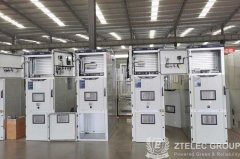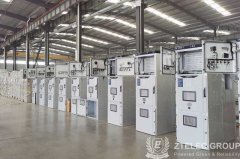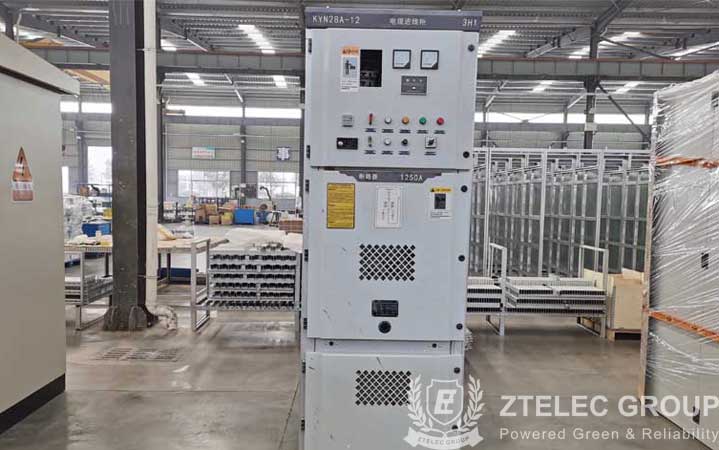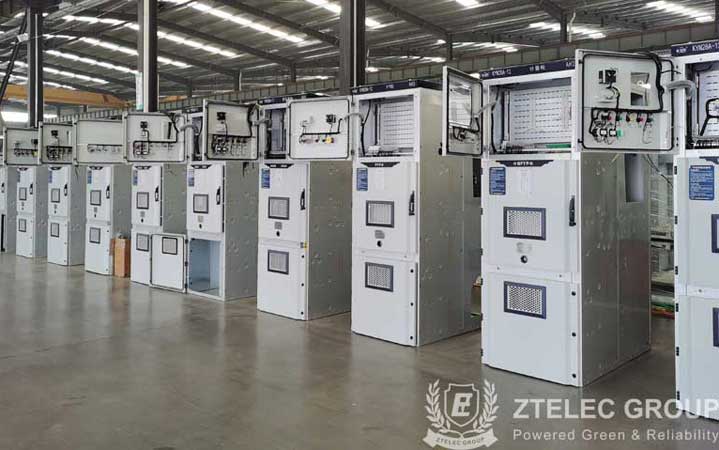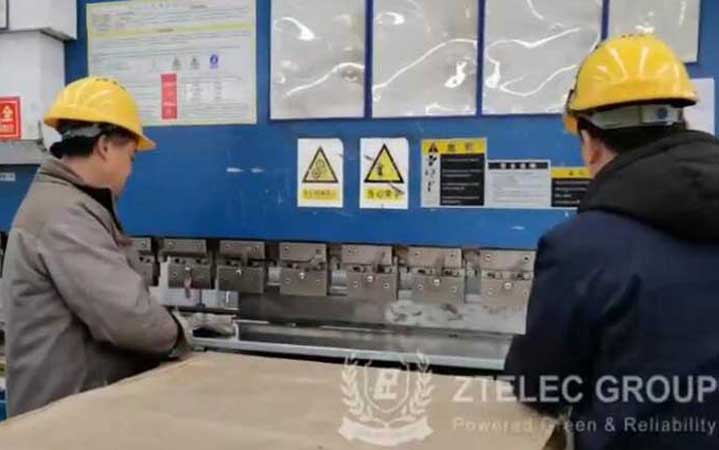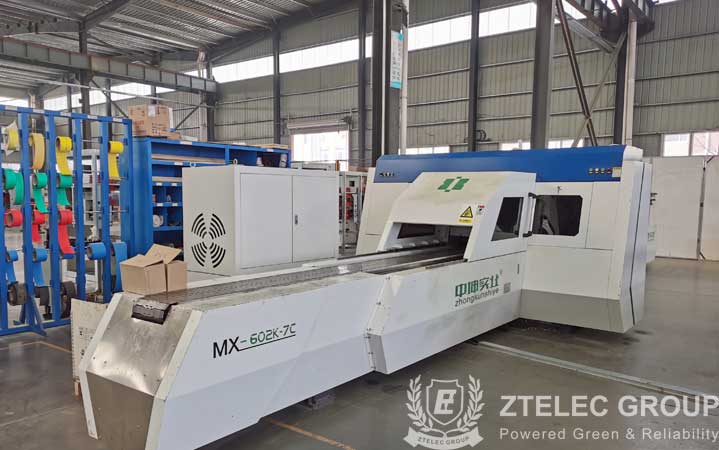Maintenance methods and standards for low voltage switchgear
From low voltage switchgear to the various power distribution box, it's basically an electrical device that assembles a number of switches, circuit breakers and other protective devices into one. In order to ensure the normal operation of high and low voltage power distribution cabinet equipment, it is necessary to do a good job of daily maintenance of high and low voltage switchgear.
Maintenance methods of low-voltage switchgear:
1. Implementation of segmented maintenance. When maintaining the capacitor cabinet, disconnect the main switch of the capacitor first, discharge the capacitor one by one to the ground with a wire of more than 10 mm. Then check whether the contactor, capacitor wiring screw, grounding device is good. Check whether the capacitor bulges, and clean the dust in the switchgear with a vacuum cleaner.
2. If the load is supplied to the electricity as usual, disconnect the air switch for the security load electricity and put the generator selector switch in the "stop" position. Disassemble the positive and negative lines of the battery and fasten the sign to prevent the generator from sending electricity.
3. Check whether the busbar joint is deformed or blackened by discharge. Tightening the connecting bolt. If the bolts are rusty, they should be replaced to ensure that the connection is tight. Check the insulator on the bus for looseness and damage.
4. Shake the main air switch from the low voltage switchboard with the handle, check whether the main contact has burned and melted traces. Check whether the isolation cover is burned black and damaged, tighten the wiring screws, clean the dust in the switchgear, and test the closing of the machine.
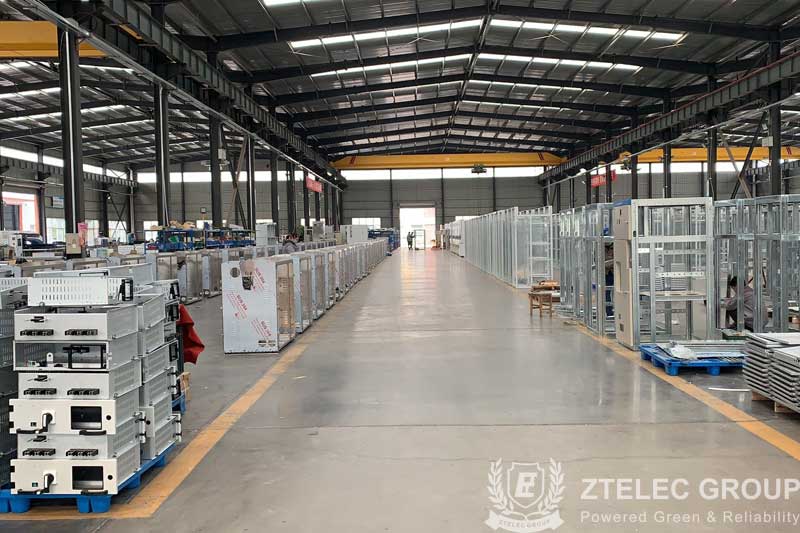
5. Take the separate cabinets out of the withdrawable cabinet, tighten the terminals, check the installation and wiring of current transformers, ammeter and electricity hour meter. Check the flexibility and reliability of the handle operating mechanism, tighten the air switch inlet and outlet lines, clean the dust in the switchgear and the lead line behind the switchgear.
6. Disconnect the low-voltage side air switch step by step, and then disconnect the high-voltage side vacuum circuit breaker for transformer power. Close the grounding switch, and hang the sign "No closing, someone is working".
7. After the security load is maintained, the generator can be started to supply power to it, and the power is shut down for maintenance of the busbar section.
8. After the maintenance of high-quality switchgear according to 3,4 and 5 steps. Remove the safety device, disconnect the high voltage side grounding switch, close the vacuum circuit breaker. After the transformer is put into operation without error, the power is sent to the low-voltage distribution cabinet step by step, and the power supply of the security load electric generator is converted to municipal power supply.
Maintenance standard of low-voltage switchgear:
Daily maintenance cycle: at least once a month
1. Check whether the capacitor shell in the capacitor cabinet is in good condition, whether there is leakage and expansion, and whether the indicator light is in good condition;
2. Check whether the cable connector is heated and discolored, and whether the grounding wire is corroded;
3. Check the contact of the grounding wire of each capacitor shell;
4. Do a good job of cleaning and dusting the switchgear.
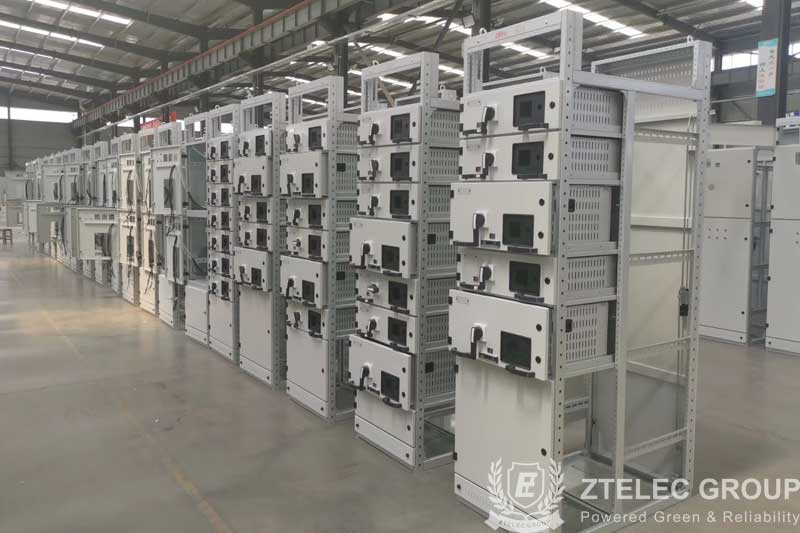
Primary maintenance cycle: at least once every six months
1. Check whether the bus and its lead wire connection is firm and reliable.
2. Inspection of capacitor cabinet: when the air switch is disconnected without capacitor, the action test of capacitor controller should be carried out. Adjust over-voltage protection, under - current protection and switching threshold.
3. Check whether the secondary circuit wiring is firm, whether the fuse is intact and the insulation resistance shaking measurement.
4. Check whether the indicator light of each cabinet is normal, whether the switch position of the controller is normal, the operation should be normal, and manually debug whether the closing of the mechanical chain part is reliable.
5. All indicator lights should be in good condition. Check and set circuit breaker, leakage circuit breaker, thermal relay, time relay, etc.
Second maintenance cycle is one year
1. Check whether the elastic force of each blade in the circuit breaker is normal and whether the arc extinguishing device is in good condition.
2. Check whether the drawer-type switch is flexible when pulling in or out, its mechanical locking is reliable, and whether the contactor contact is good.
3. When the main switch of the receiving cabinet and the contact cabinet is power off, it should be flexible to shake out or in with a special rocking handle. The secondary wiring terminals of each transformer and other transformers should be well fastened without loosening, and the primary and secondary wires should not be moldy.
4. Check whether the wiring nut of each cable head is tightened.



